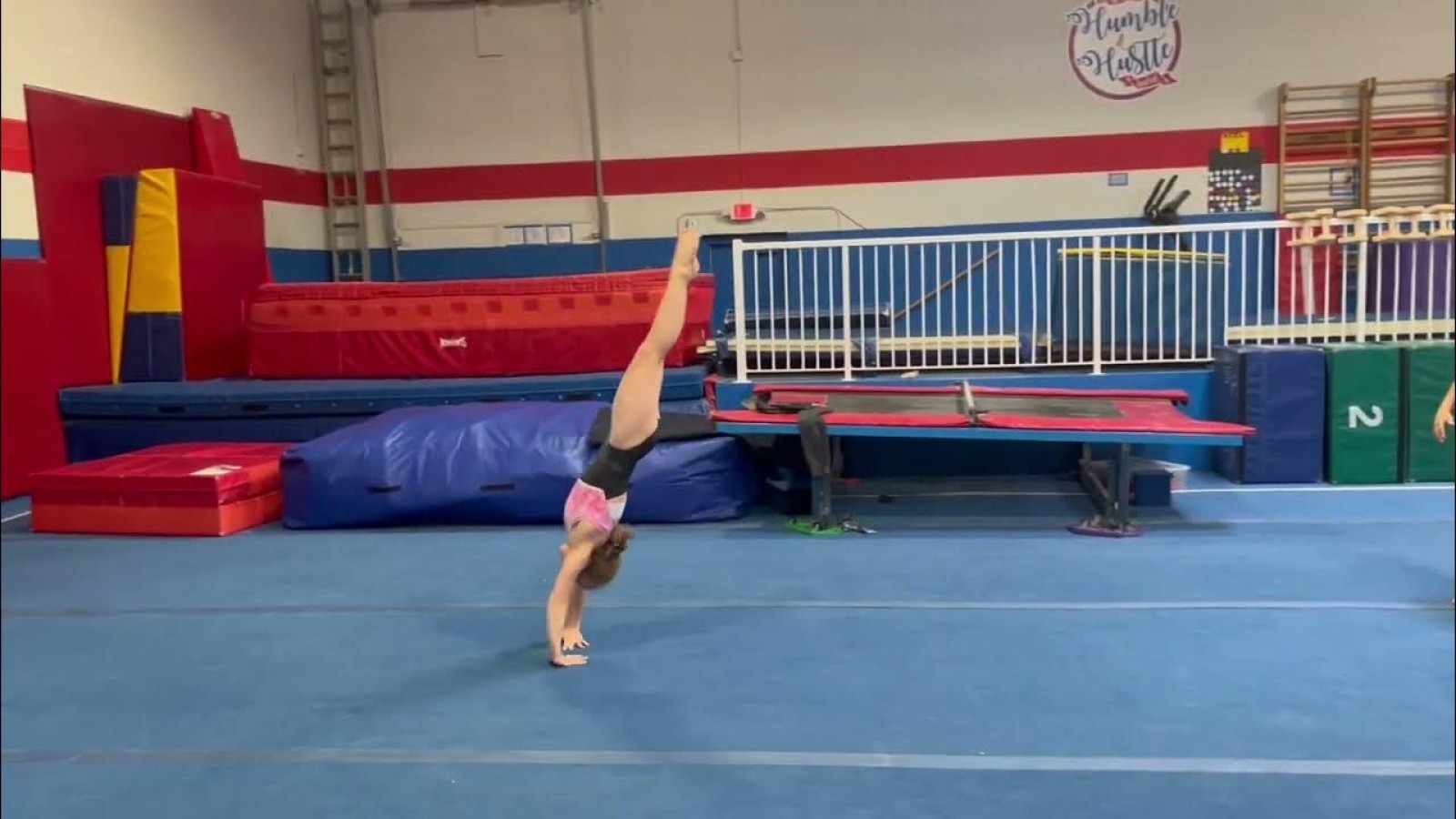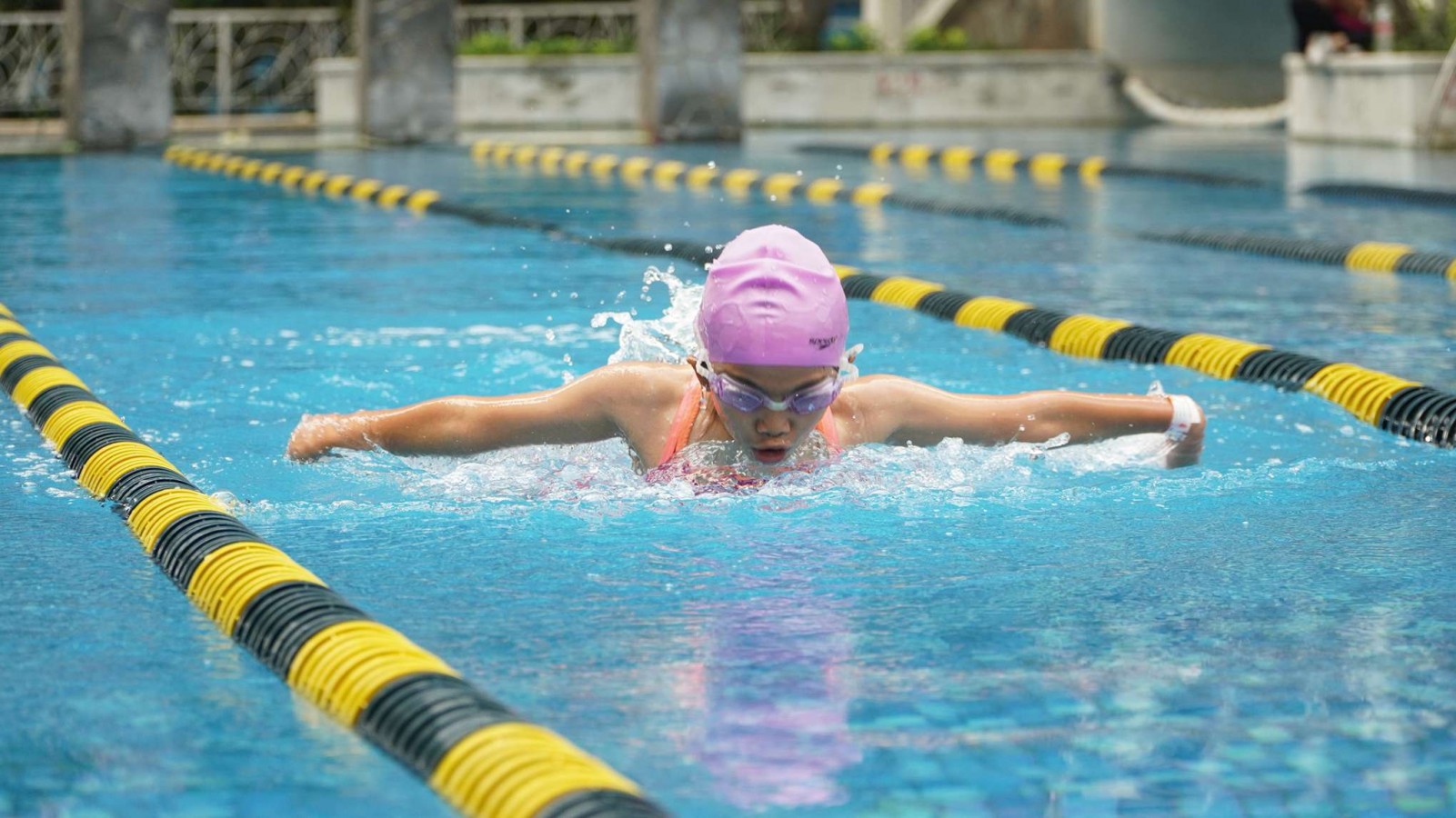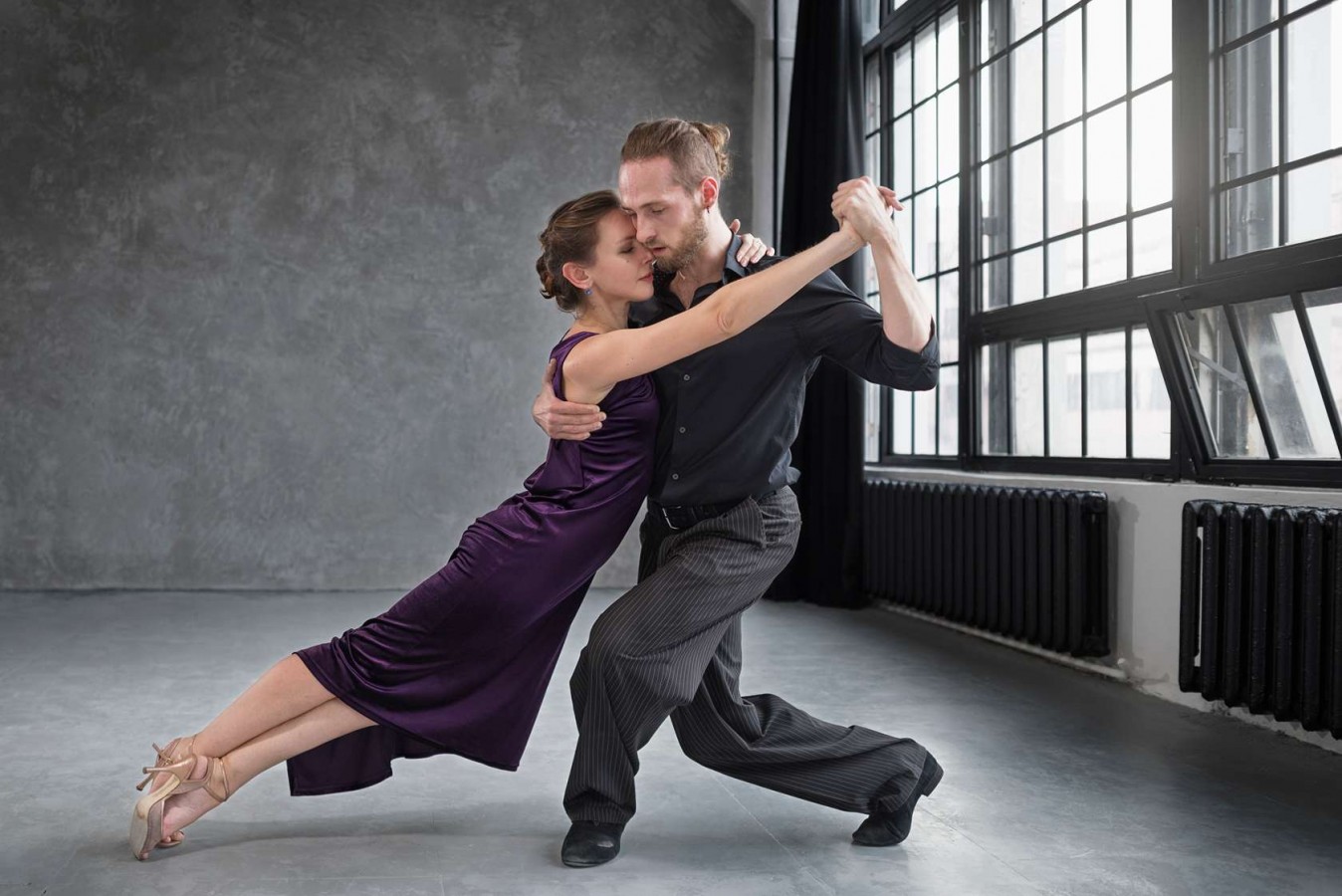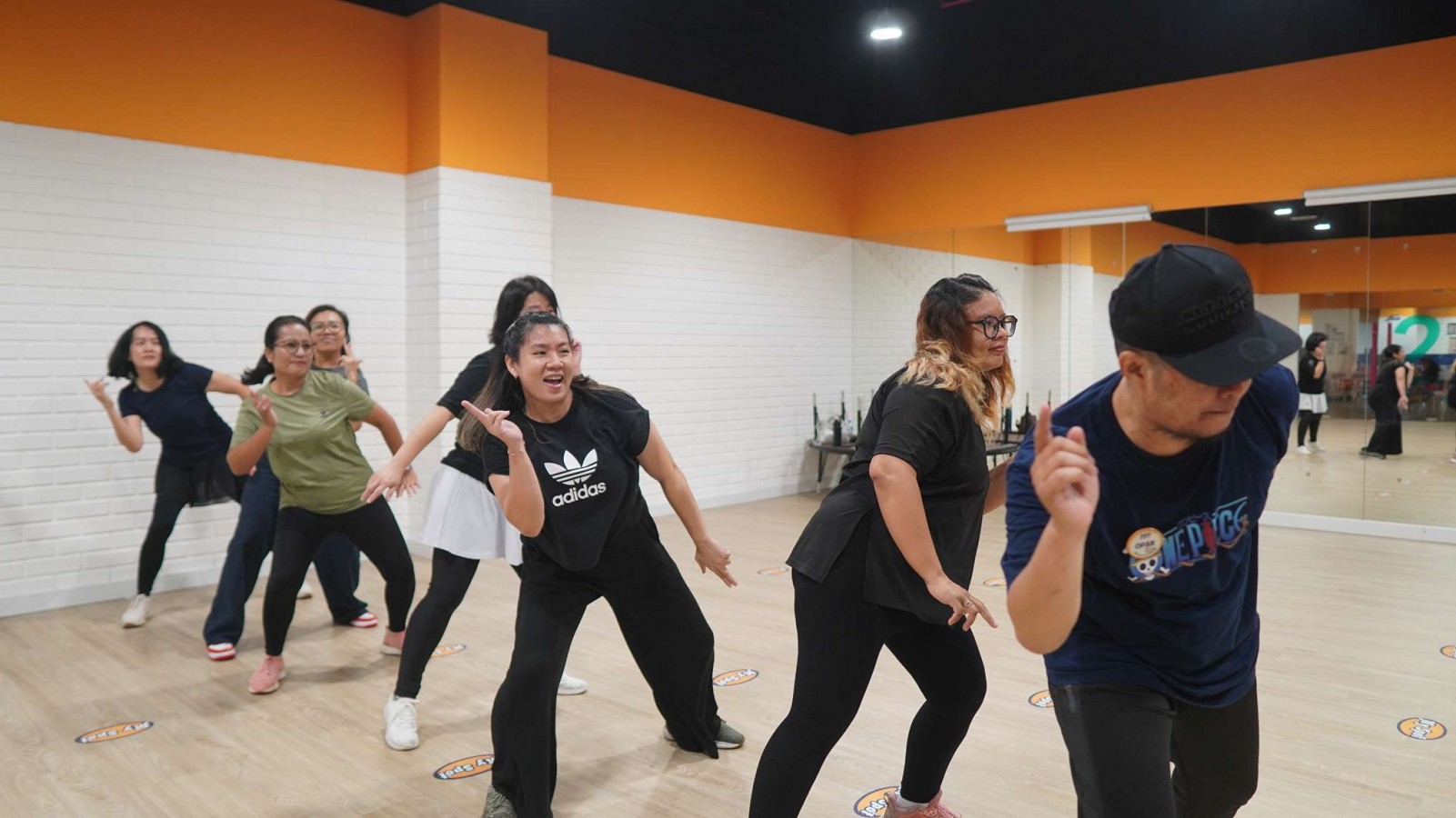How To Back Extension Roll and It's Drills

If you’re looking to add a dynamic and safe tumbling move to your fitness or gymnastics routine, the back extension roll is a fantastic skill to master. This article will guide you through what a back extension roll is, a detailed step-by-step on how to execute it, and drills to improve your technique. So, let’s check it out!
What Is a Back Extension Roll?
A back extension roll is an acrobatic movement that involves rolling backward in a controlled fashion while extending your back. Unlike a traditional backward roll, the back extension roll emphasizes proper alignment and full extension of the spine. This helps to build strength, flexibility, and body awareness.
This move is especially popular in gymnastics, martial arts, and dance because it teaches you how to protect your neck and spine during falls or dynamic movements.
The goal of the back extension roll is not just to complete a roll but to do so with control and fluidity. By learning this technique, you can improve your overall tumbling skills, boost core stability, and reduce the risk of injury when practicing more advanced moves.
The Key Muscles Involved
Understanding which muscles are engaged during the back extension roll can help you focus on strengthening the right areas:
- Erector Spinae
This group of muscles runs along your spine and is responsible for extending and stabilizing your back. They are heavily involved in controlling the roll and ensuring your spine remains safe.
- Latissimus Dorsi
Located on the sides of your back, these muscles assist in the extension movement and help guide the roll.
- Abdominal Muscles
Your rectus abdominis, obliques, and transverse abdominis work together to initiate the movement, protect your spine, and maintain a tucked position during the roll.
- Glutes and Hamstrings
These muscles contribute to the power needed to transition from the roll back into a standing position.
- Hip Flexors
They play a supportive role by helping maintain balance and control during the movement.
How to Execute a Back Extension Roll
Before you begin, make sure you’re practicing on a padded surface or mat to reduce the risk of injury. Take your time with each step to build confidence and control. Next, here what you can do:
1. Warm-Up
A proper warm-up is essential to prepare your muscles and joints. Spend at least 10 minutes doing dynamic stretches and light cardio. Focus on:
- Spinal mobility exercises
- Core activation.
- Leg and hip warm-ups
2. Starting Position
Begin by either lying on your back with knees bent and feet flat on the floor or starting from a low squat position. The squat position is often preferred by gymnasts as it naturally engages the core and prepares you for the roll. Then bring your chin toward your chest. This tuck helps protect your neck during the roll.
3. Initiate the Roll
Tighten your abdominal muscles and start to lift your upper back slightly off the ground if you’re lying down. Then, pull your knees toward your chest. This compact position makes the rolling motion smoother and reduces the strain on your spine.
4. The Rolling Motion
With your core engaged, allow your body to gently roll backward. Imagine the roll as a controlled, continuous motion rather than a sudden tumble.
As you initiate the roll, focus on gradually extending your back. This is the key difference from a standard backward roll. Instead of remaining tightly tucked, start to open up your spine, creating a fluid extension. Think of it as “unfurling” your back as you roll.
Extend your arms alongside your head or out in front of you. Your arms help balance the movement and guide the roll.
5. Completing the Roll
As the roll nears completion, your body should continue to extend until you’re transitioning back into a seated or standing position. Use the strength of your core and legs to push off the mat, standing up smoothly. Avoid abrupt movements; the transition should be fluid.
6. Practice Slowly
Begin by practicing the movement slowly, focusing on technique rather than speed. Over time, gradually increase your pace as you build confidence. Always ensure that your head is tucked and your spine is in proper alignment to minimize the risk of injury.
Exercises and Drills to Improve Your Back Extension Roll
If you're looking to perfect your back extension roll, you can start by strengthening the necessary muscles with simple exercises at home. Here are some drills to help build the strength and control needed:
1. Arm Raises with Light Weights
This exercise mimics the arm motion used during a back extension roll. Stand with your feet slightly apart, core engaged, and hold light weights just above your thighs. Slowly raise your arms overhead while performing a shoulder shrug, then lower them back down to your starting position. Repeat for several reps to improve shoulder strength and endurance.
2. Handstand Holds Against a Wall
A handstand hold is a great way to develop the vertical pushing strength required for a back extension roll. You can do this exercise independently, with a spotter, or using a wall for support. While in a gymnastics handstand, focus on keeping your legs, glutes, and core engaged.
Begin by holding the position for 30 seconds and gradually increase your time to one minute. To better simulate the back extension roll, practice handstand holds with your hands slightly turned inward.
3. Planks
Planks are a fantastic way to strengthen your core, which is essential for maintaining control during a back extension roll. You can perform them on your elbows or wrists.
Ensure your body forms a straight line from your head to your feet, with your shoulders aligned over your elbows. Engage your core, legs, and glutes while holding the position. Don’t forget to breathe!
4. Backward Pike Roll
This drill involves performing a backward roll while keeping your legs in a pike position, ending in a pike stand. It helps with control and body positioning.
5. Backward Roll to Push-Up Position
To build strength and technique, try a backward roll that finishes in a push-up position. Keep your body tight throughout the movement and land in a solid hollow-body position at the end.
6. Back Extension Roll Down a Wedge Mat
After perfecting the backward roll to push-up, you can practice pushing up into a handstand during the roll. Using a wedge mat makes this easier by providing an inclined surface. Start by rolling back onto the mat, then push up into a handstand while keeping your arms straight. Finish by kicking down.
7. Back Extension Roll Off a Panel Mat
This drill helps you get used to rolling into a handstand from a higher surface. Stand on a folded panel mat and roll back so that your bottom lands on the mat while your hands touch the ground. Once you feel comfortable, gradually lower the height of the panel mat until you can perform the roll from floor level.
Ready to Master Your Back Extension Roll?
Mastering the back extension roll takes time, dedication, and the right training approach. If your children are passionate about gymnastics and eager to improve their abilities, enrolling them in a structured gymnastics program is a great way to support their growth.
Our gymnastics program also offers Private Instructions, the most effective way for students to learn new and advanced skills, improve their technique, and achieve their goals faster.
With personalized coaching, each session is tailored to your child’s needs, ensuring focused attention and rapid progress. Plus, our Private Instruction Program gives you the flexibility to choose a schedule that works best for you and your child, making it easier to fit quality gymnastics training into your busy routine.
Rockstar Academy, the best Sports & Performing Arts Academy, offers a range of physical activity programs, including top-tier gymnastics training. Their gymnastics curriculum includes Gymnastics Testing, which helps students progress to higher levels and prepares them for National & International competitions.
Additionally, the Gymnastics Elite Championships provide a platform for young athletes to set higher standards, develop discipline, and learn valuable lessons in sportsmanship.
For those looking for an even more advanced experience, The Dream Team, an elite competitive sports program, offers high-intensity training led by professional instructors, helping student-athletes reach their full potential. Rockstar Academy also offers a free trial class, so if you're interested, don't hesitate to reach out and give it a try!
FAQ
What exactly is a back extension roll?
A back extension roll is an acrobatic move that involves rolling backward in a controlled manner while actively extending the back. It’s used to develop core strength, improve flexibility, and learn safe falling techniques.
Which muscles are most important for performing a back extension roll?
The key muscles involved are the erector spinae (back extensors), latissimus dorsi, abdominal muscles, glutes, hamstrings, and hip flexors. Strengthening these areas is crucial for maintaining proper form and control during the roll.
How can I avoid injury while learning the back extension roll?
Always start with a proper warm-up, practice on a padded surface, and progress slowly. Make sure to tuck your chin, keep your spine aligned, and listen to your body. If you’re unsure about your form, consider seeking guidance from a coach or experienced practitioner.



